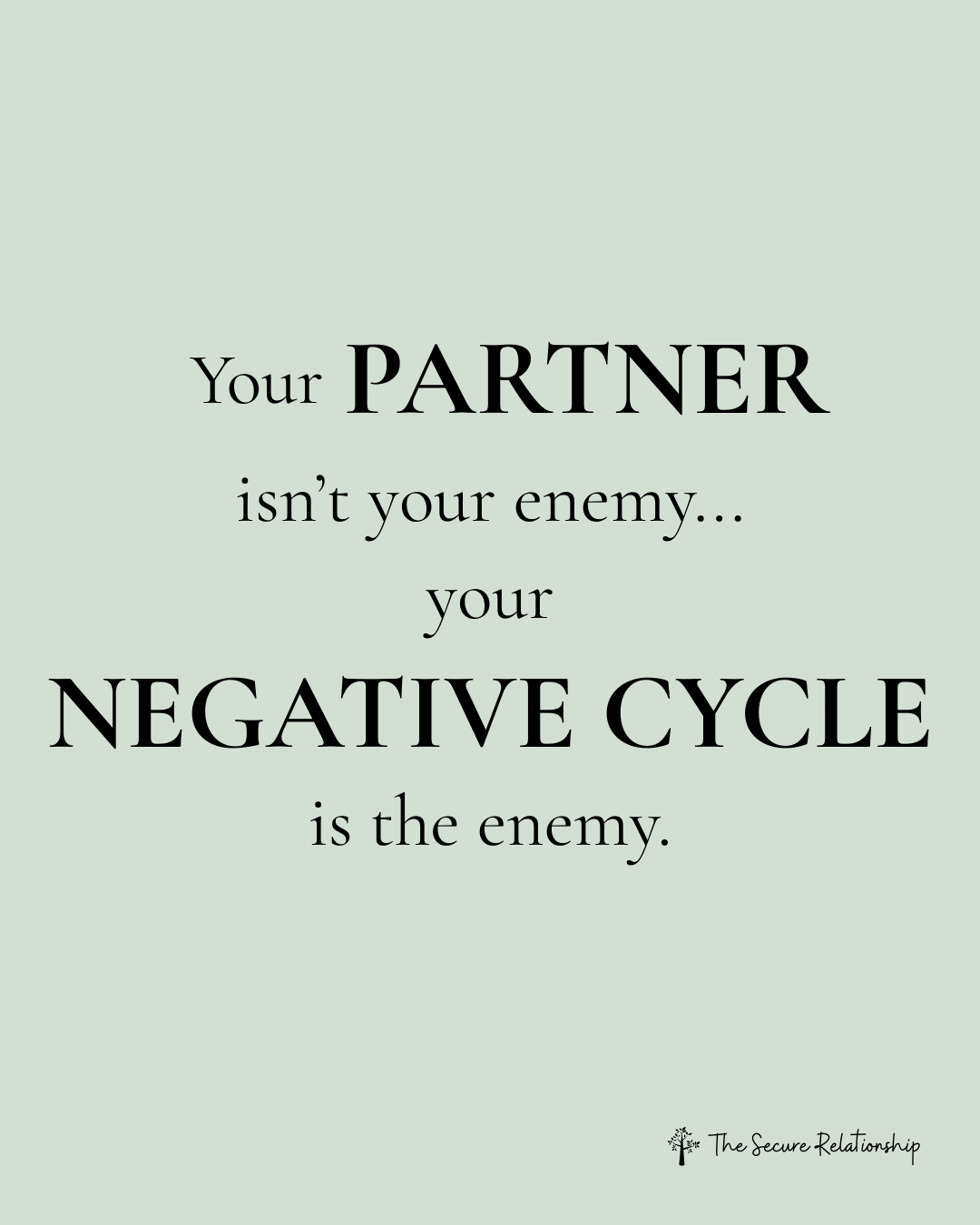How to Heal Attachment Wounds: Expert Advice and Strategies
Attachment wounds are events or series of events that severely damage trust in a relationship, leaving one or both partners unable to feel safe and close until healing takes place. The nature of attachment wounds varies between couples, depending on the meaning each partner attributes to the event and its impact on trust.
Examples of Attachment Wounds
Common examples of attachment wounds include:
Affairs
Untreated substance abuse or addiction
Failure of a partner to show up during a critical moment
Chronic neglect of attachment needs
Abusive behavior
Serious lies or patterns of lying
Any event that deeply undermines trust and safety in the relationship
The severity of an attachment wound depends on how deeply it impacts trust. Some couples may repair these events before they become long-term wounds, while for others, the effects can be profound and long-lasting.
Healing Attachment Wounds
Healing attachment wounds requires intentionality, openness, and consistent effort. Below are the key components of the healing process:
1. Making the Decision
Healing begins with a decision to be open to the process. This willingness must come from genuine commitment, free from external pressure, guilt, or force. When both partners foster an environment of trust and safety, healing can begin naturally.
2. Repeated Experiences of Something New
Trust rebuilds through repeated experiences of positive behaviors. For example, in cases of addiction recovery, honesty and transparency become the "new" behaviors that pave the way for trust to grow.
3. Respecting the Nervous System’s Timeline
Trust, rooted in a felt sense of safety, cannot be rushed. The nervous system is wired for survival, making mistrust a natural response to perceived threats. Healing unfolds at its own pace, dependent on readiness and the presence of trust-building conditions.
4. Healing Communication
Effective communication is essential for repairing attachment wounds. Key elements include:
Accountability: The partner responsible for harm takes responsibility without excuses.
Expression of Pain: The wounded partner shares their experience from a vulnerable place (e.g., "I was deeply hurt" rather than accusatory language).
Validation: The partner responsible listens without defensiveness or counter-blaming.
No Pressure: Both partners avoid pressuring each other to “move on,” allowing healing to progress naturally.
Stabilizing the Negative Cycle
Negative cycles of communication, such as defensiveness, blame, or withdrawal, erode trust and exacerbate wounds. Breaking these cycles reduces relational vulnerability and strengthens resilience, creating a safer foundation for healing.
Common Blocks to Healing
Healing attachment wounds can be challenging, and the process may stall due to:
Both partners carrying unhealed wounds, leading to overwhelm.
Resistance or lack of openness to healing.
Ongoing harmful behaviors.
Discussions about the wound becoming stuck in negative cycles.
Personal unresolved issues hindering the process.
The severity of the breach making full restoration of trust difficult.
In such cases, professional support can help couples navigate the complexities of healing.
Resources for Healing Attachment Wounds
If this resonates with you, explore these resources to support the healing process:
Secure Love: Order now for actionable strategies to rebuild trust and repair attachment wounds.
Understanding Shame Workshop: Dive into the impact of shame on relationships and learn tools for healing. Join now.
The Secure Love Podcast: Listen now to follow real couples navigating attachment challenges and rebuilding trust.
Attachment 101 Course: Includes an Attachment Style Quiz to help you understand relational patterns and foster connection. Learn more.
Coaching Sessions: Work with a coach trained in Emotionally Focused Therapy to address attachment wounds and build a stronger foundation. Sign up now.
“Attachment wounds can be repaired when couples prioritize openness, consistent positive experiences, and healing communication.”



Trying to control your environment—like keeping a spotless house—can sometimes be a way to manage inner anxiety caused by relationship disconnection. But when that strategy backfires, it can create more of the very disconnection you’re trying to avoid. This post explores how personal anxiety shows up in relationships, and how couples can break the cycle.